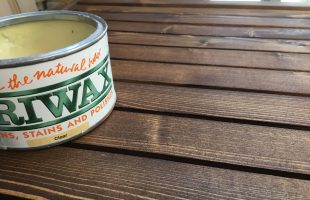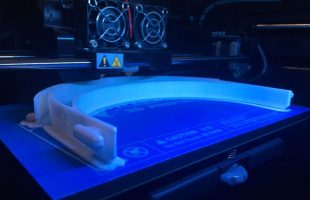Metal etching
‘Acid etching’ or ‘Photo etching’ is the process of marking a design into metal using corrosive acid. Typical applications for metal etchings are: Architectural models, model making, decals, engineering & electrical, jewellery, television & film props and model rail.
The Process
Firstly, the artwork is drawn up using CAD software. This is a colour coded drawing using hatches or fills to represent the components that will be half-etched or full-etched.
A vector drawing is preferred rather than a raster image as this will determine the quality of the final metal etched component.

Image 1: A CAD colour coded drawing for metal etching
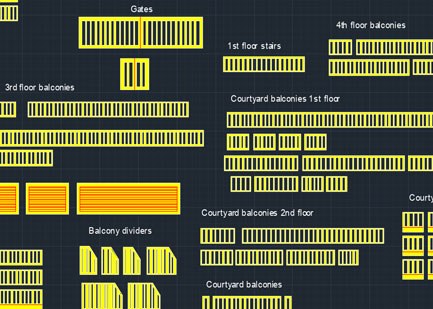
Image 2: Model components drawn up for etching
The chosen sheet of metal is cleaned to remove any oils, blemishes & residue that may be present.
Popular metals to etch onto include brass, nickel silver, stainless steel, copper, bronze, steel and aluminium.
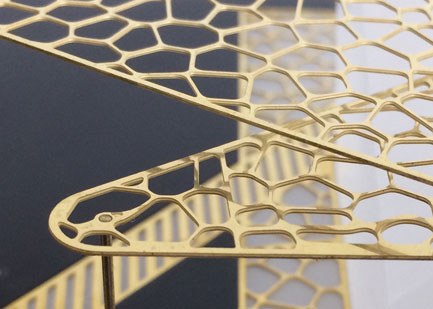
Image 3: Close-up of brass etched model detail

Image 4: Close-up of stainless steel etched model detail
Once the metal has been cleaned, an Ultraviolet photo-sensitive ‘resist’ film is laminated onto both the front and back of the material.
The sheet of metal is then exposed to Ultraviolet light. Various parts of the artwork (depending on the original drawing) are either exposed to the light or unexposed. Any unexposed parts on either side of the material will create a hole through the metal.
The exposed sheet is passed through a machine which allows an alkaline solution to wash away any unhardened resist film.
The material is then fed through a machine while an acid etchant is sprayed onto the surface. The metal is etched away by the acid, leaving the parts that are protected by the resist film.
Finally, an alkaline solution is used to dissolve and remove the remaining resist film.

Image 5: A sheet of brass metal etchings
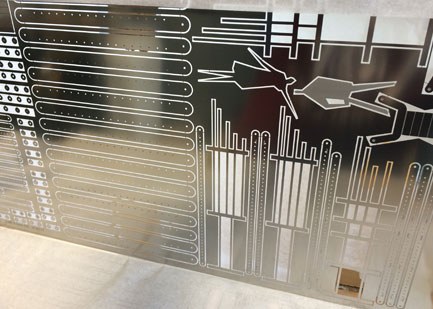
Image 6: A sheet of stainless steel metal etchings
History
Metal etching can be dated back to the Middle Ages and was used by goldsmiths and metal-workers to decorate armour, guns and luxury household items. Armourer Daniel Hopfer was one of the first artists in Europe to experiment with the etching process for printmaking.

Image 7: Steel etched cuisse by Daniel Hopfer
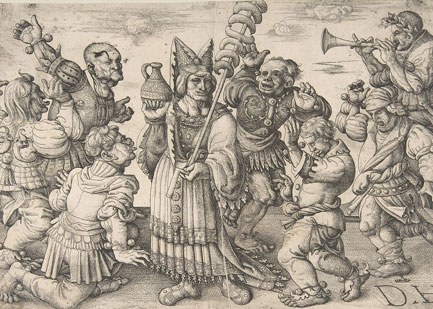
Image 8: Morris Dancers by Daniel Hopfer
Image 7 is of a detailed steel etched cuisse produced around 1515-1525 by Daniel Hopfer. Image 8 is titled ‘Morris Dancers’ by Daniel Hopfer and is created on a 21.2 x 33.3 cm sheet of fourth state of four.
While Daniel Hopfer used steel for his plates - which produced a harsh effect from the tough material, Lucas Van Leyden, a Dutch painter and printmaker, experimented with copper plates to combine etching and engraving. Steel was too tough to engrave and copper allowed softer results.

Image 9: Art by Lucas Van Leyden
Image 9 Adam and Eve Bemoaning the Death of Abel (left) was etched onto a 16 × 11 cm sheet of copper by Lucas Van Leyden in 1529. Abraham and the Three Angels (right) also by Lucas Van Leyden, was engraved onto a 18 × 13 cm copper plate in 1513.
Application
Etchings are often used to create model detail such as railings and balconies due to accuracy and durability of the small scale components. An example of this can be seen in our 1/150 scale model of Grange & Links hotel in which we created brass etched railings and balconies. They were then sprayed and applied to the model.

Image 10: Hotel balcony detail

Image 11: Brass etched railing detail
Etchings can also be used for full facade detail such as our 1/500 detailed model of Canary Wharf Tower. We created the facades using etched stainless steel. The facades were applied directly to the glazing layer of the model.

Image 12: Canary Wharf tower facade detail in stainless steel

Image 13: Canary Wharf tower stainless steel etched detail
We used stainless steel metal etched components and brass to create this 1:25 scale Attic Kiosk competition model designed by PDP London. A making-of video showing the construction process can be seen here.
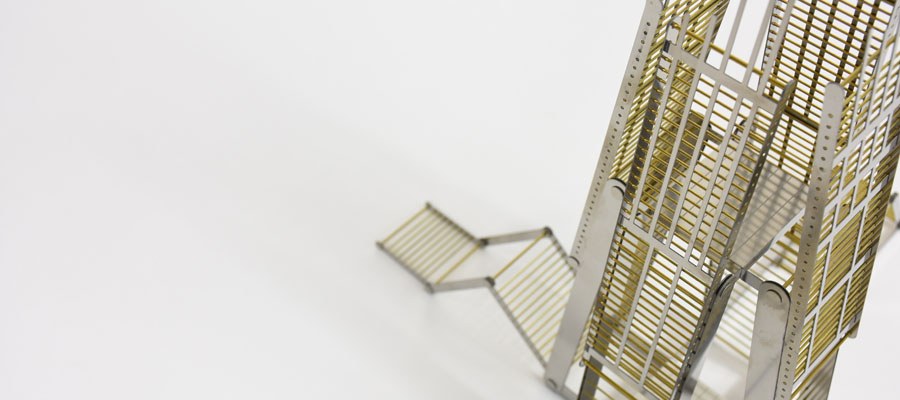
Image 14: The Attic kiosk model
Sources
Image 7: Victoria and Albert Museum. Beautifully Bitten: Acid-etched Metal in Renaissance and Early Modern Europe. 4 July 2010. <http://www.vam.ac.uk/content/articles/a/acid-etched-metal-in-renaissance-and-early-modern-europe/>
8: Met Museum. The Elisha Whittelsey Collection, The Elisha Whittelsey Fund, 1951. <https://www.metmuseum.org/art/collection/search/373073>
9: Art and the Bible. Lucas van Leyden. 2005. <https://www.artbible.info/art/biography/lucas-van-leyden>
All other images are owned by TaylorMade Model Makers.






